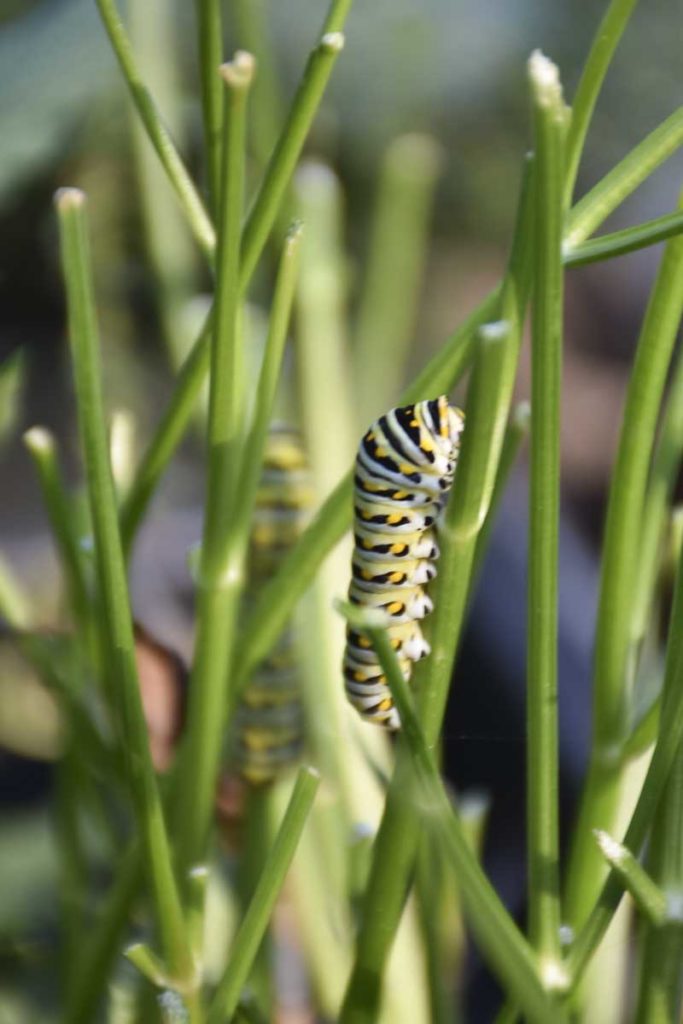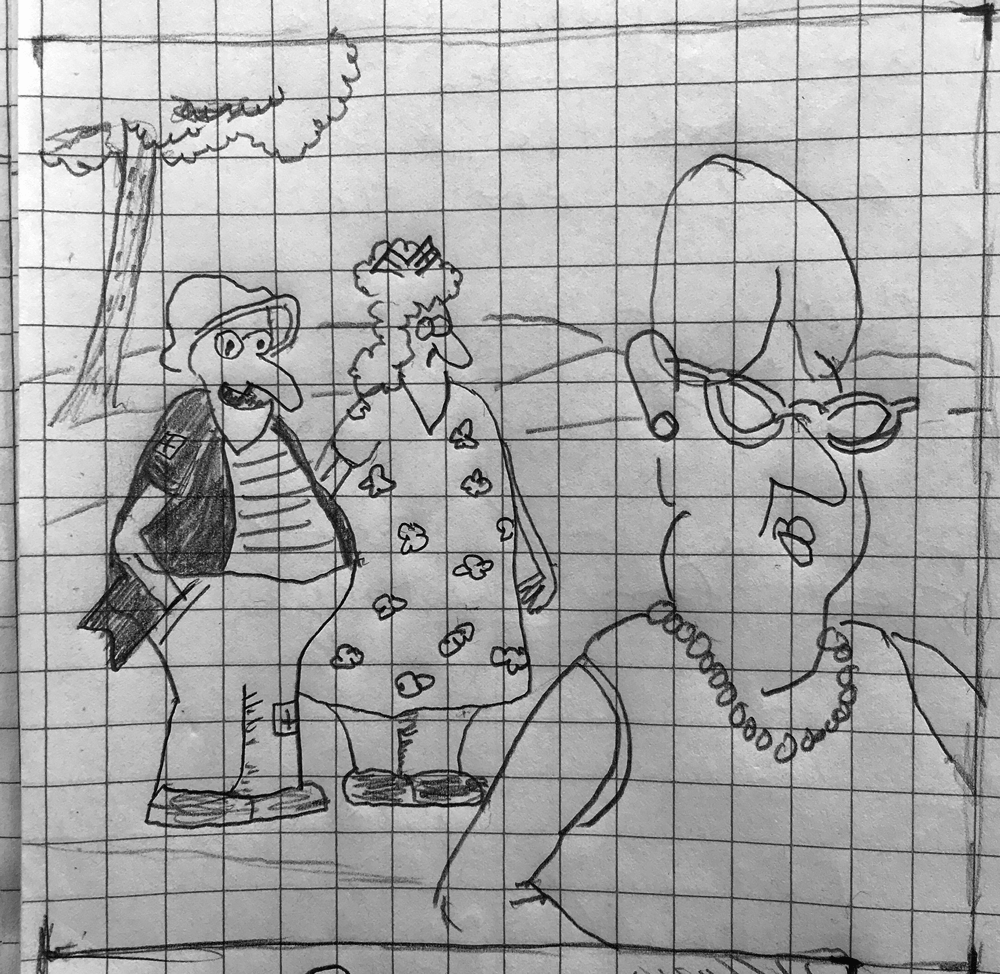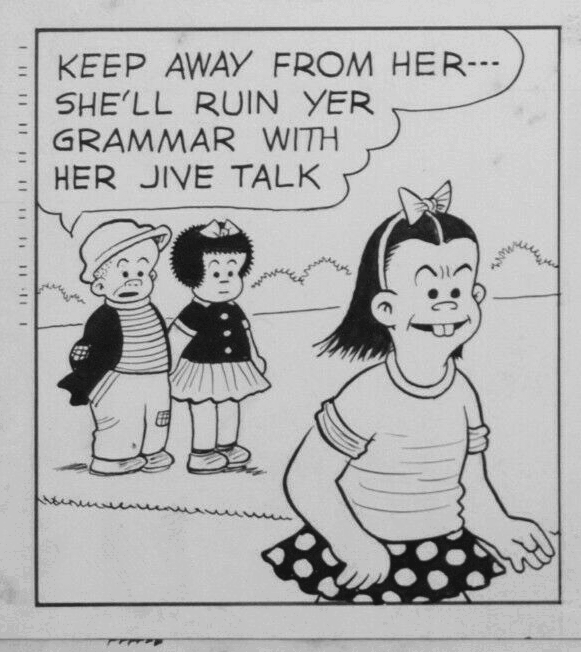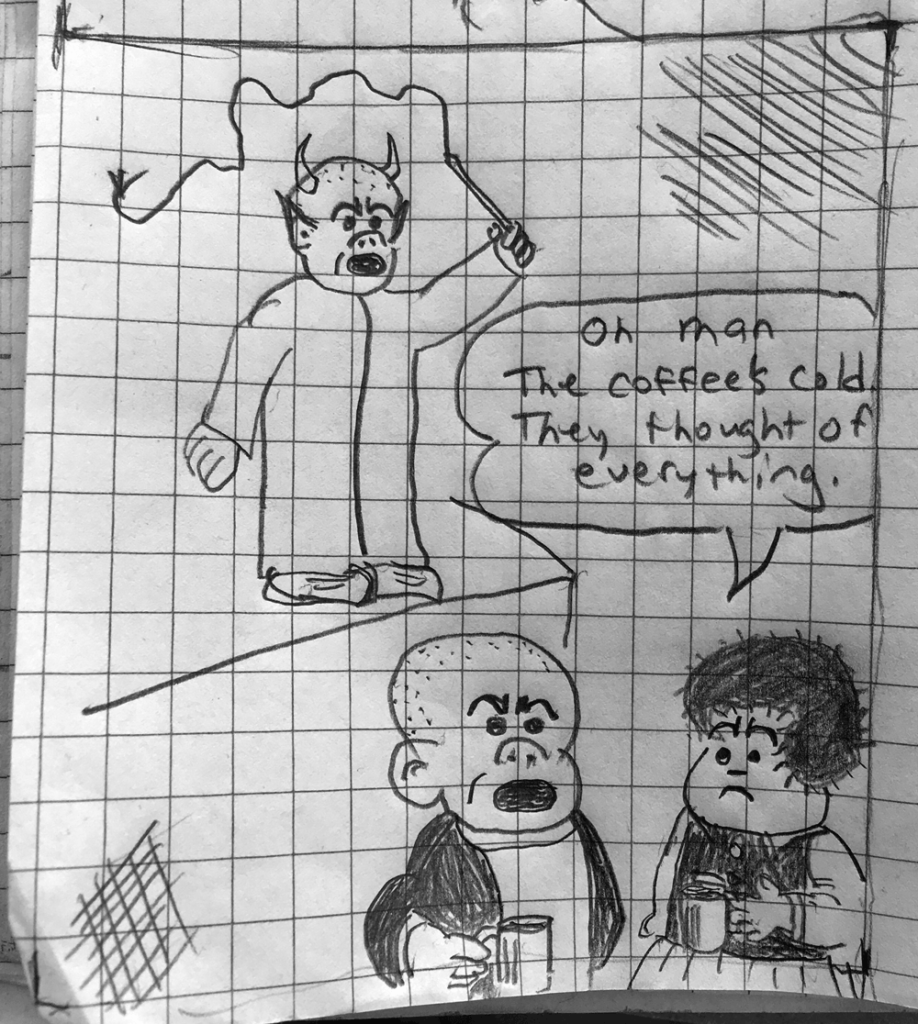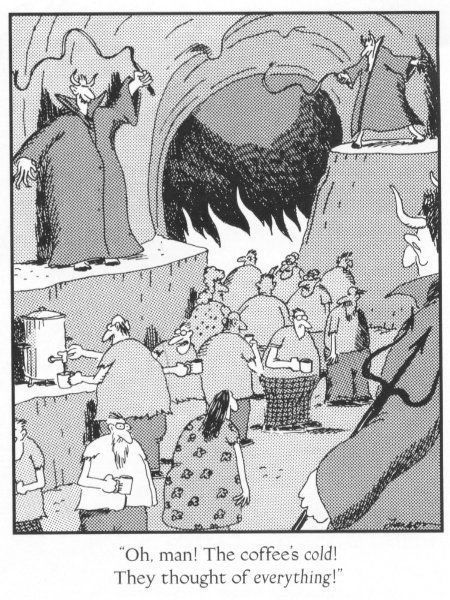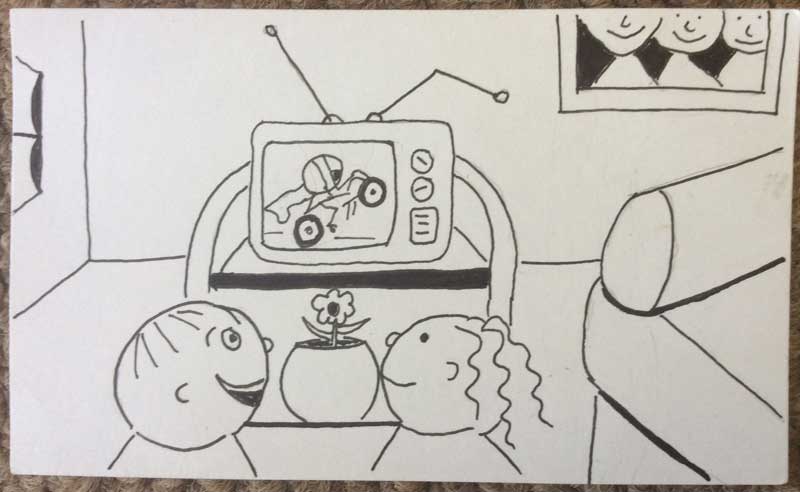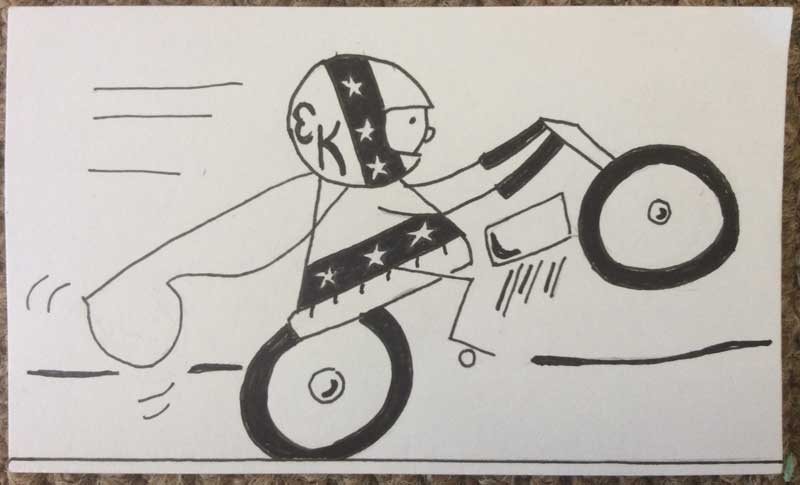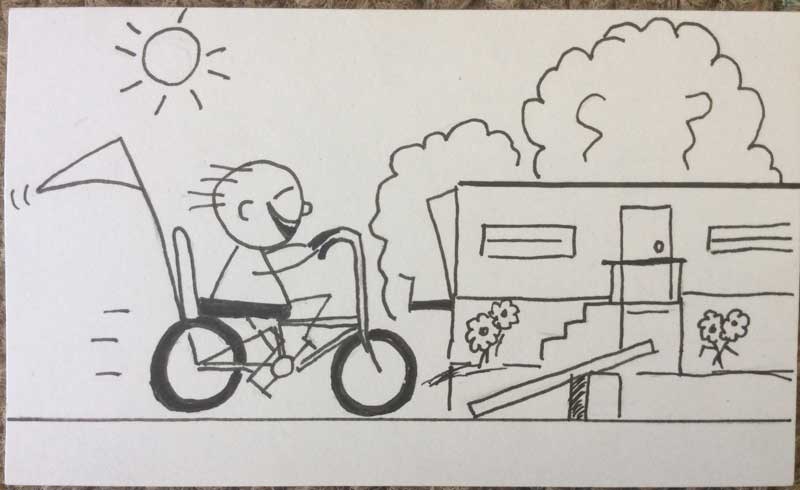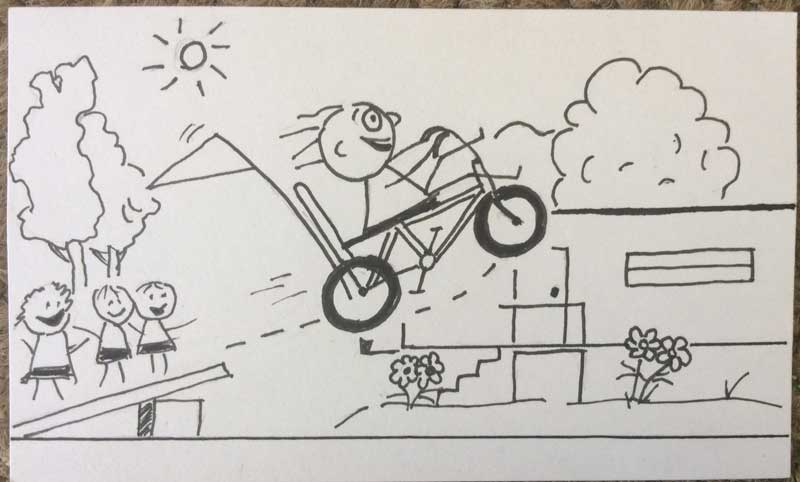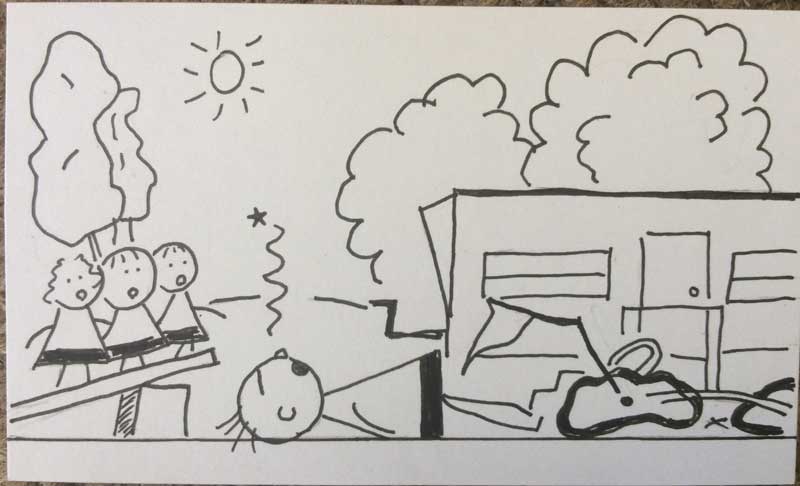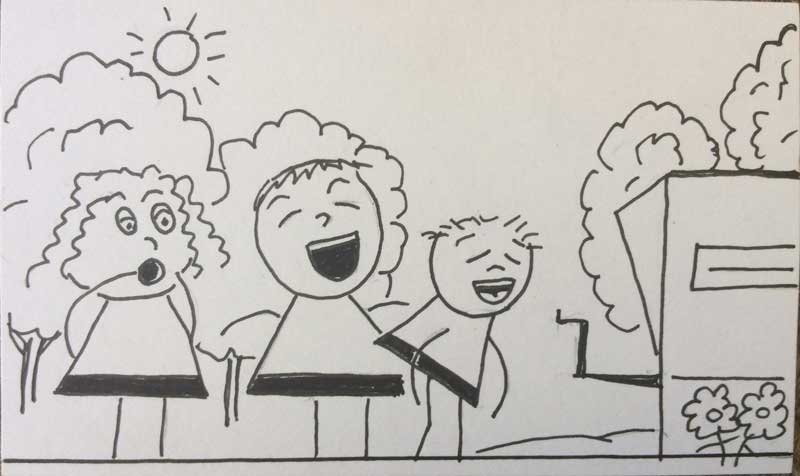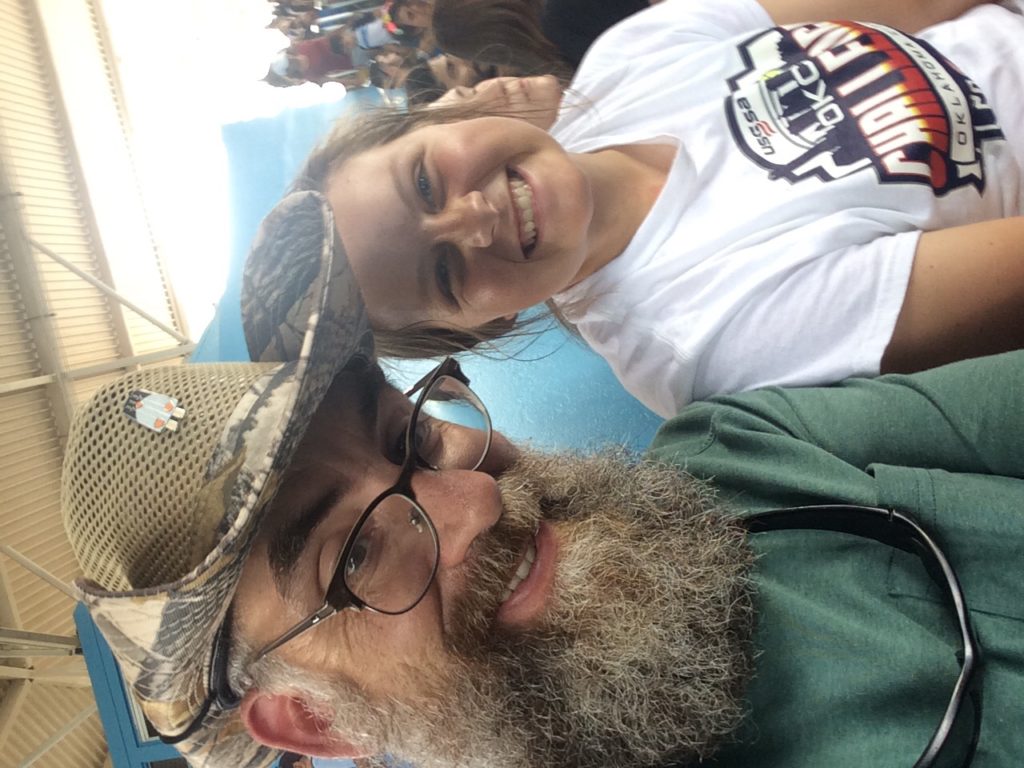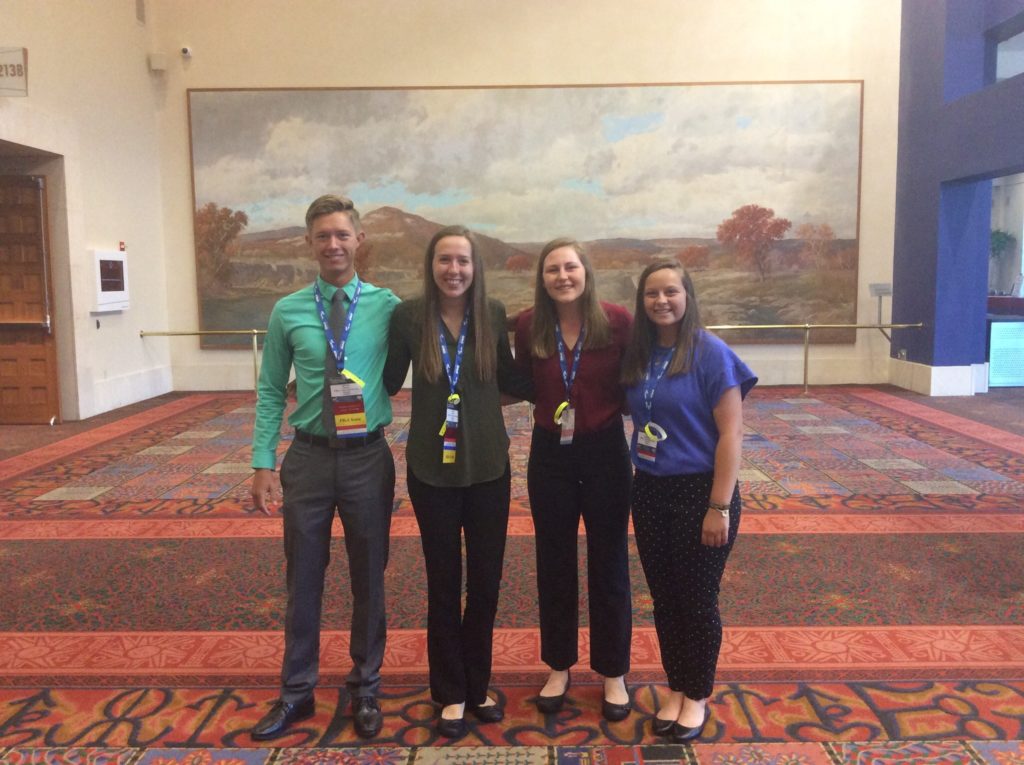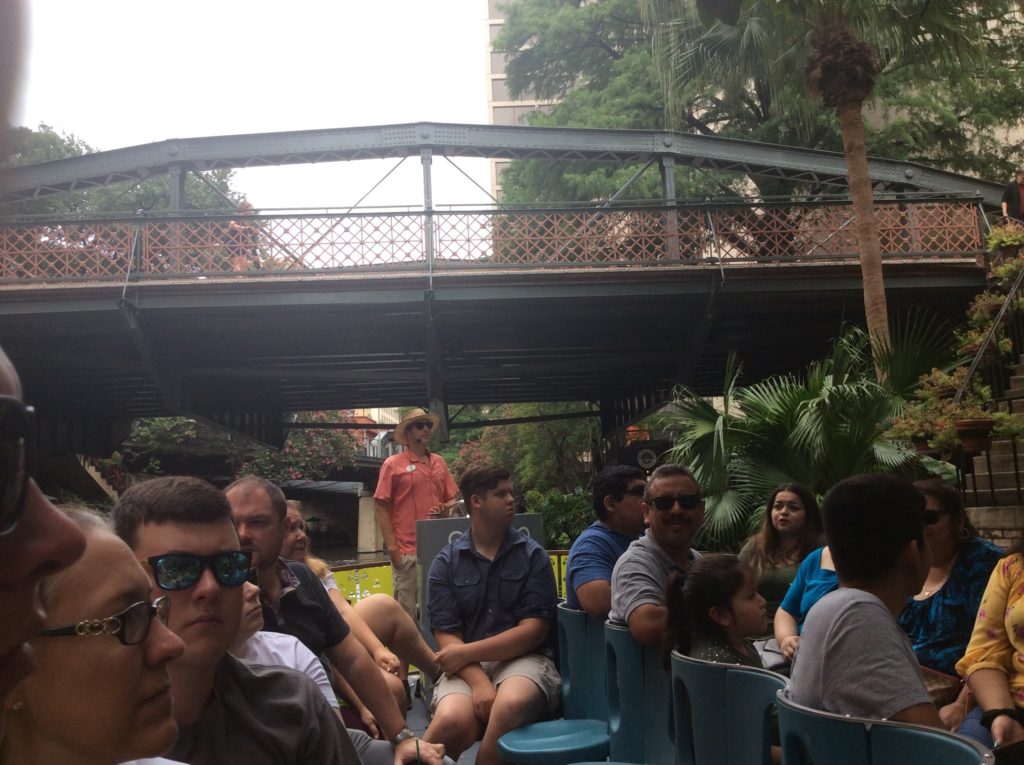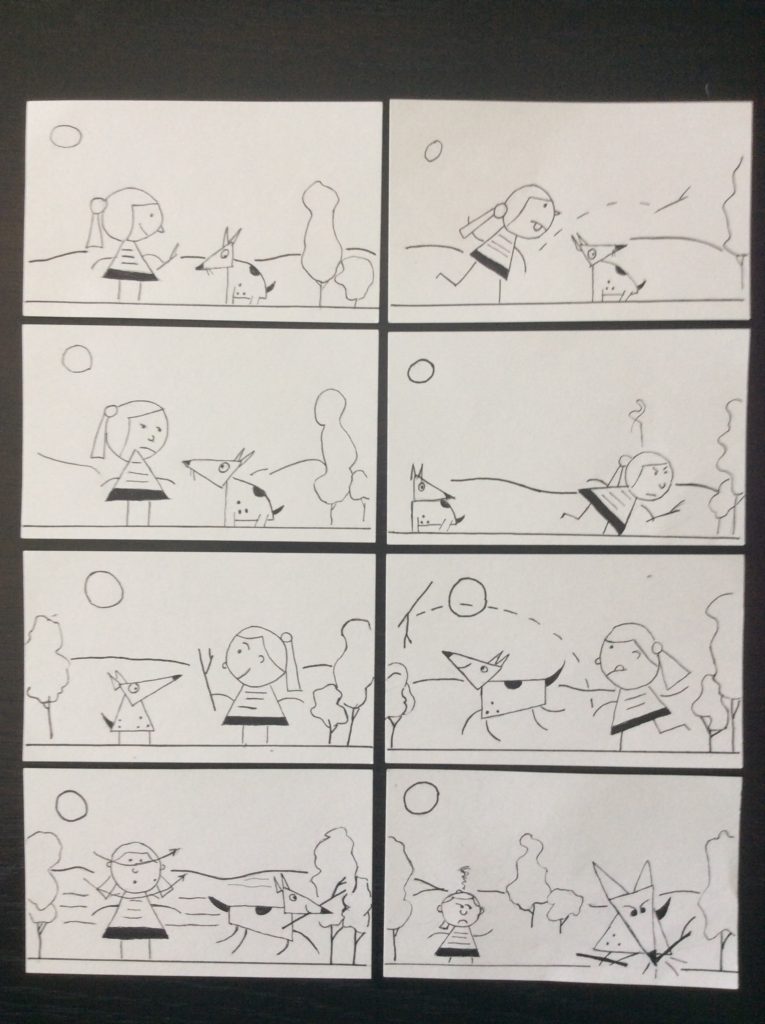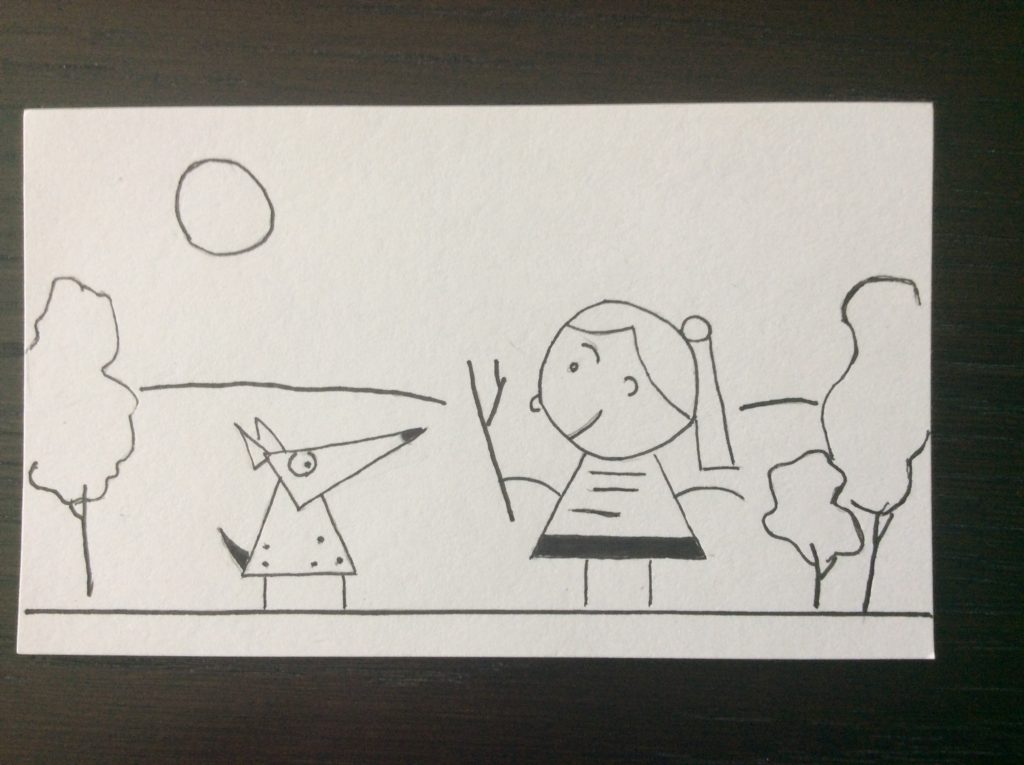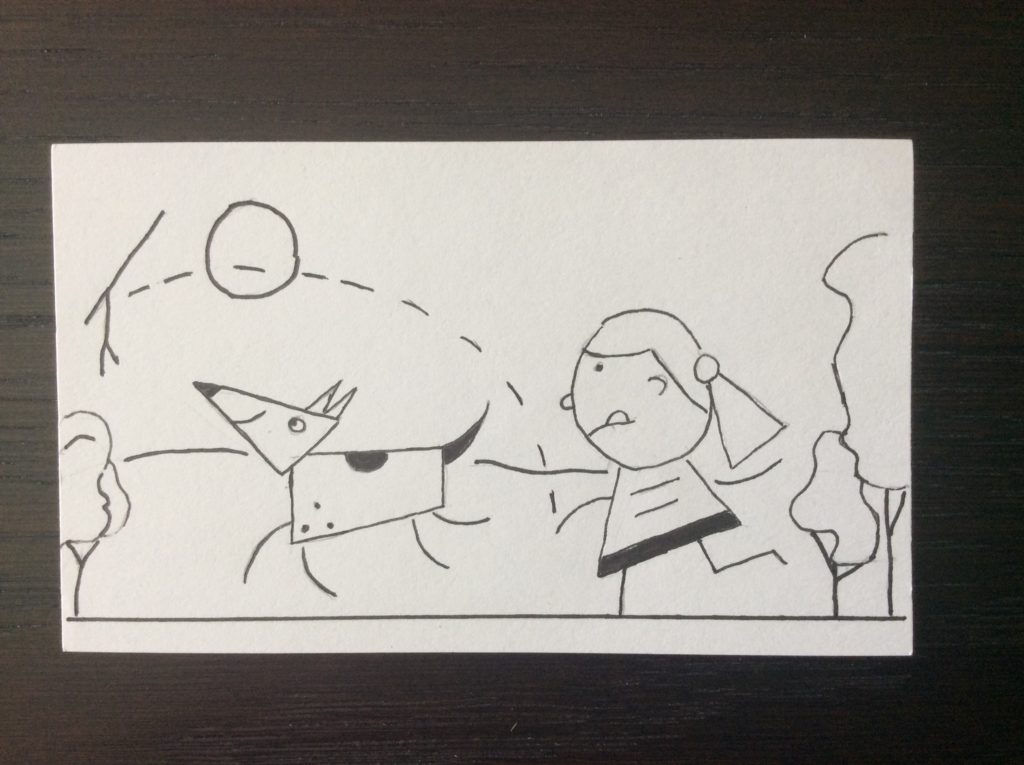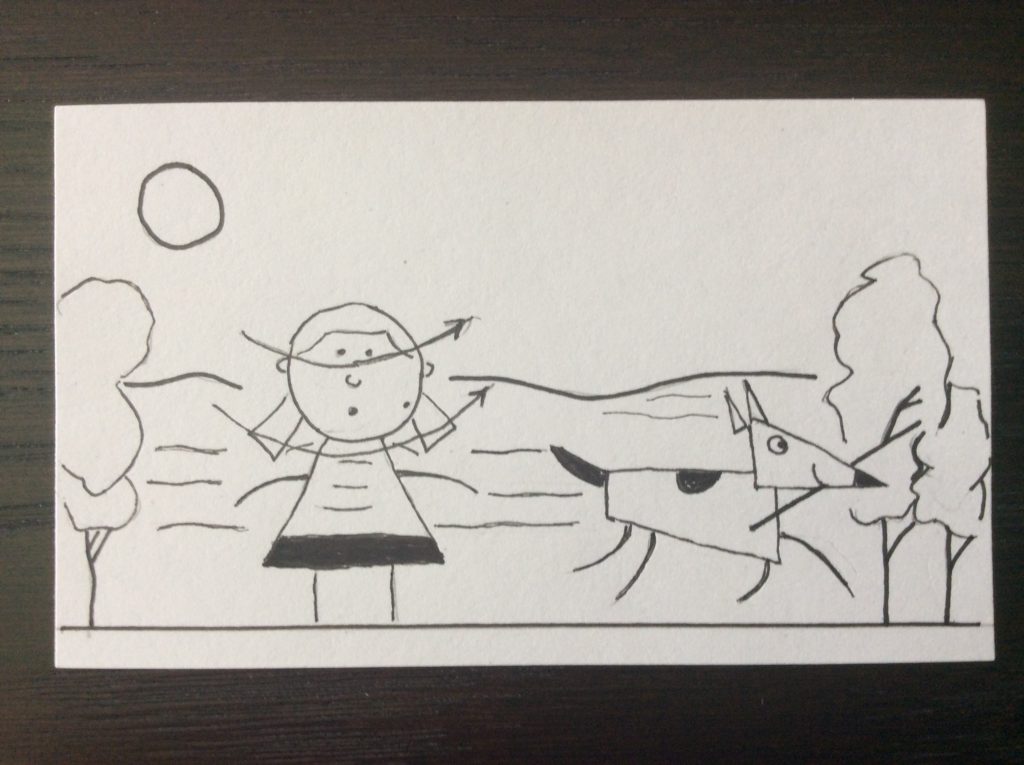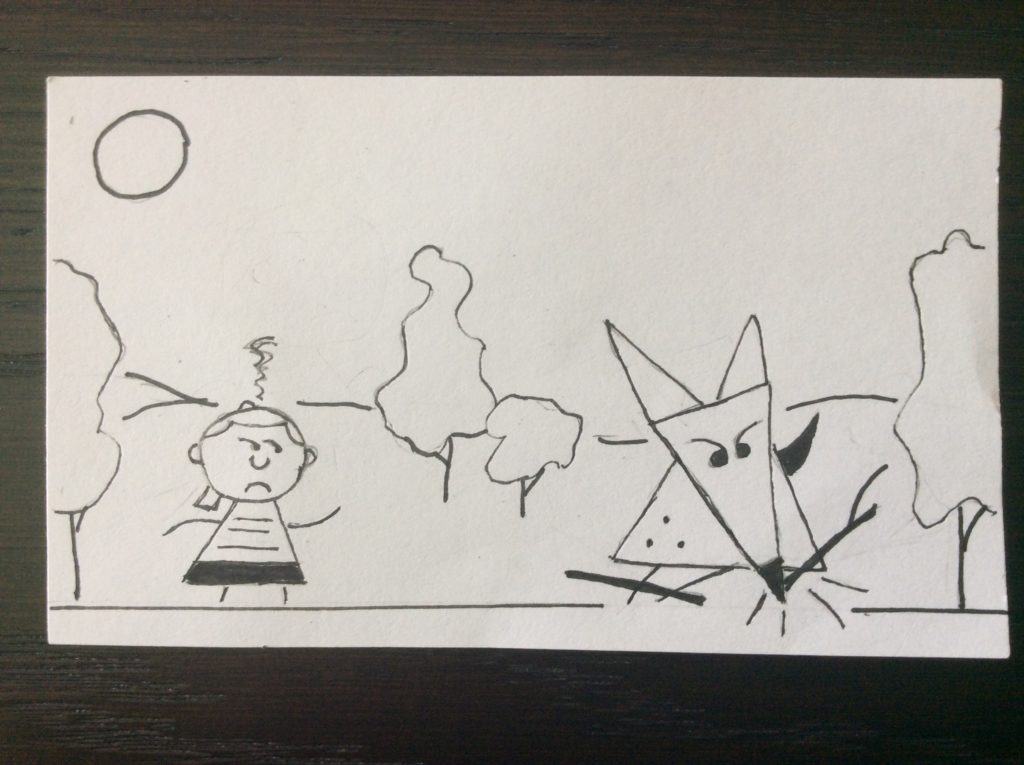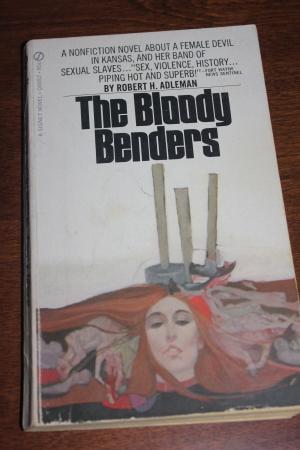
This weekend I finished up another book in my summer reading challenge. This one is called “Bloody Benders” by Robert H. Aldeman in 1970. The tag line is “A non-fiction novel about a female devil in Kansas, and her band of sexual slaves.” How could I pass up reading something as compelling as this?
I’ve been reading it between ball games at my daughter’s softball tournament this weekend. My wife took a look at this weathered old paperback and laughed. “That book looks like it’s twenty years old.” No, it’s almost 50 years old! It came in the collection of books my grandfather gave me when he was downsizing and moved into assisted living. He often asked if I had a chance to read any of his books, but while he was alive I never had any free time to read for enjoyment. I promised him I would get to them eventually, and I’m glad I have been able to find some time for it this summer.
It is based upon a true story that happened in Kansas in the 1870s. To give some context, this is about a decade after statehood, when homesteaders were still struggling to make their farm claims on the prairie pan out. A new, rough-looking family arrives in Labette county, Kansas and puts up a one room building to serve as a house, general store and inn.
Unwary travelers were invited to sit with their back to a partitioning curtain that divided the room in two for a meal, and when they weren’t paying attention, someone would crack their skull with a hammer then slit their throat with a butcher knife. Evidently, the youngest member of the murderous clan, Kate Bender, was something to behold. About seventeen, she was the brains of the operation.
She must have been something else, because young men came a courtin’ from miles around. These young men became her “sexual slaves” as they would run odd errands for her in hopes of getting her into bed. She easily compelled them to go to town for supplies, spread the word about her business, and sell the contraband she stole from her traveling victims.
The Benders made national headlines and evidently escaped justice. They fled just as a posse was closing in and never were heard from again.

